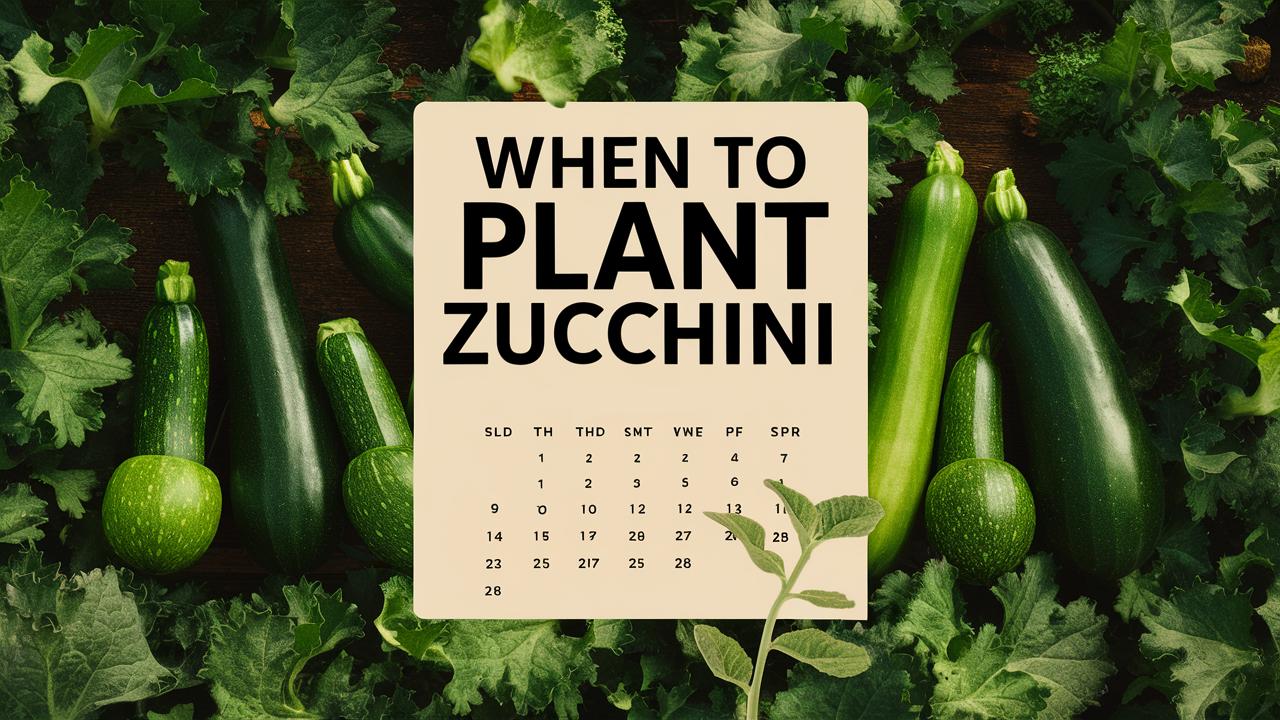In this guide, we will explore everything you need to know about the timing of zucchini planting, giving you practical tips and insights to help you cultivate a healthy and bountiful crop.
Understanding Zucchini: An Overview
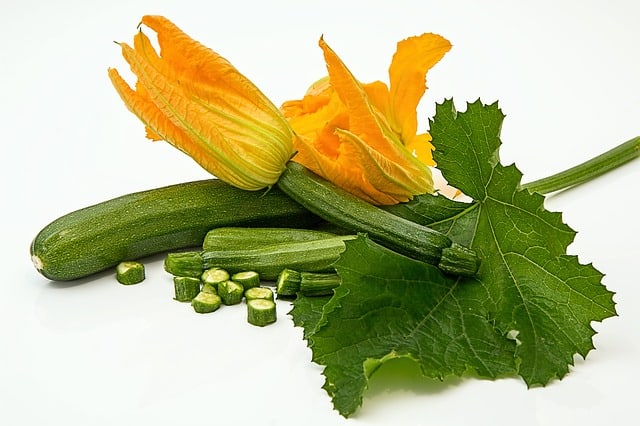
Before we dive into the specifics of when to plant zucchini, it’s essential to grasp what these plants are and their growing requirements. Zucchini, scientifically known as Cucurbita pepo, is a summer squash that thrives in warm weather. It is a member of the Cucurbitaceae family, which includes cucumbers, pumpkins, and melons. The beauty of zucchini lies not only in its taste but also in its rapid growth and high yield, making it a perfect choice for both novice and experienced gardeners alike.
Climate: The Key Factor for Planting Zucchini
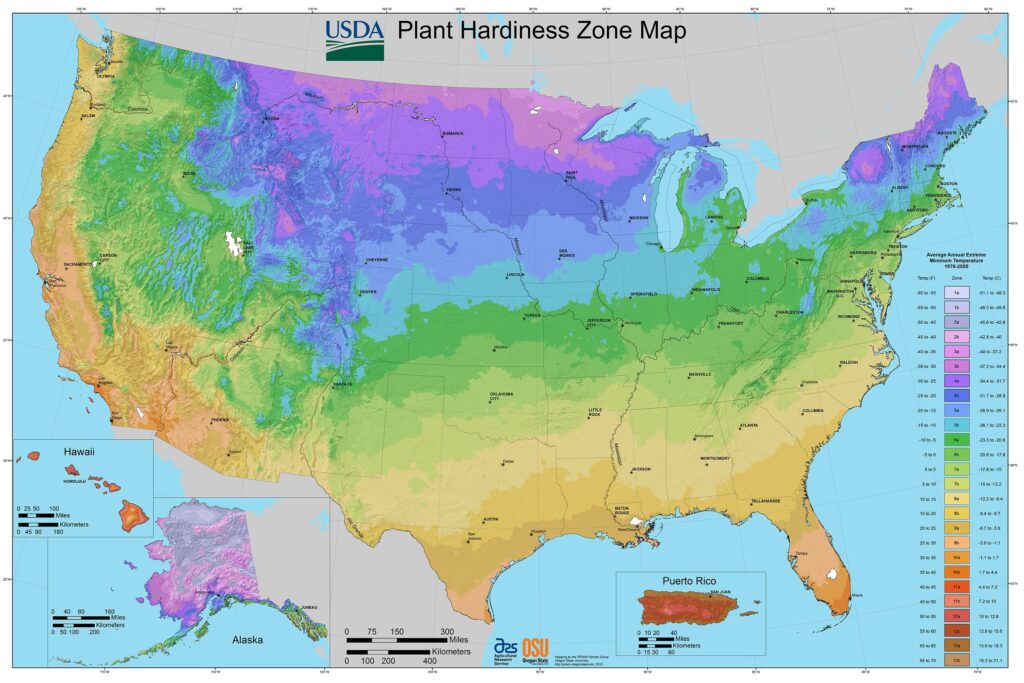
Zucchini is a warm-season crop that thrives best between 70°F (21°C) and 90°F (32°C). Understanding your local climate is crucial for determining the right planting time. For most areas, the general rule is to plant zucchini after the last frost date in your region when soil temperatures reach a consistent 60°F (15°C) or higher.
Frost Dates: Know Your Frost Hardiness Zone
Frost dates vary significantly across regions. The USDA Plant Hardiness Zone Map is an invaluable tool for gardeners. It indicates the average minimum winter temperatures in specific areas, helping you identify your planting timeline. Consider your specific zone and local microclimates; sometimes, certain areas within the same zone will warm up faster than others.
For instance, if you live in a region classified as Zone 6, the last frost typically falls around mid-April to late April, which is when you should start thinking about sowing your zucchini seeds.
Soil Preparation: Ready the Ground Before Planting

Once you’ve pinpointed your ideal planting time, the next step involves soil preparation. Zucchini needs well-drained, nutrient-rich soil for optimal growth. Amending your soil with organic matter, such as compost or well-rotted manure, can help enhance its fertility and structure.
Testing Your Soil
A pH level of 6.0 to 6.8 is ideal for zucchini. Conduct a soil test to determine your soil’s pH and nutrient content. This step is often overlooked but significantly important. If the soil is too acidic, lime can be added; if too alkaline, sulfur may be necessary to adjust the pH. Preparing your soil well in advance ensures that your zucchini plants have the best possible start.
Sowing Seeds: Direct Planting vs. Transplanting
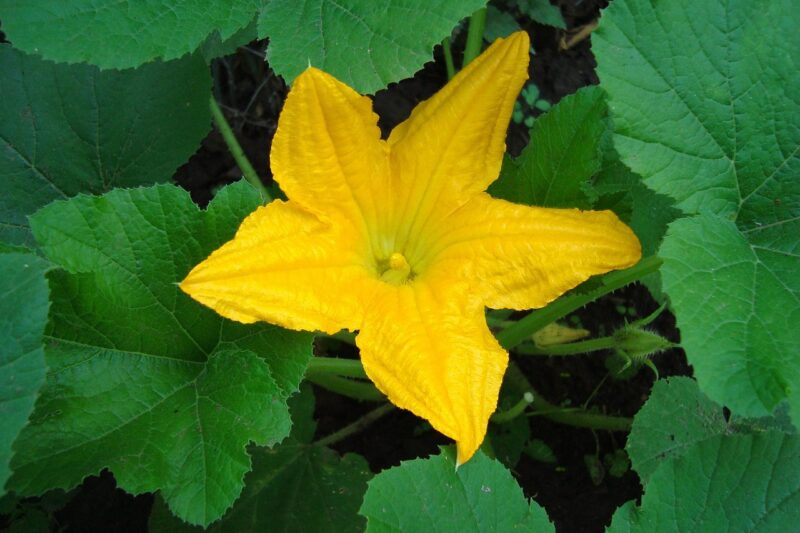
Zucchini can be grown from seeds directly sown in the garden or started indoors and later transplanted. Each method has its advantages, which we’ll explore.
Direct Sowing
When soil temperatures consistently reach 60°F (15°C), you can direct sow your seeds. Plant the seeds about an inch deep, in mounds spaced roughly 36 inches apart. Direct sowing allows the plant to become acclimated to its environment from the outset, which can result in healthier root systems.
Starting Indoors
Alternatively, starting zucchini indoors can help you get a jump on the growing season, particularly in shorter growing zones. If you choose this method, sow seeds in biodegradable peat pots about 4-6 weeks before the last expected frost date. This approach allows you to transplant seedlings outdoors once the danger of frost has passed and when the soil is warm enough.
Timing the Planting: Early or Late?
Deciding whether to plant early or late in the season can influence both your yield and harvest schedule. If you wish for an early harvest, start seeds indoors or select faster-maturing zucchini varieties. For a staggered harvest, consider planting in intervals every two weeks until midsummer. This strategy can extend your harvest window and ensure you enjoy fresh zucchini throughout the season.
Weather Patterns: Watching the Skies
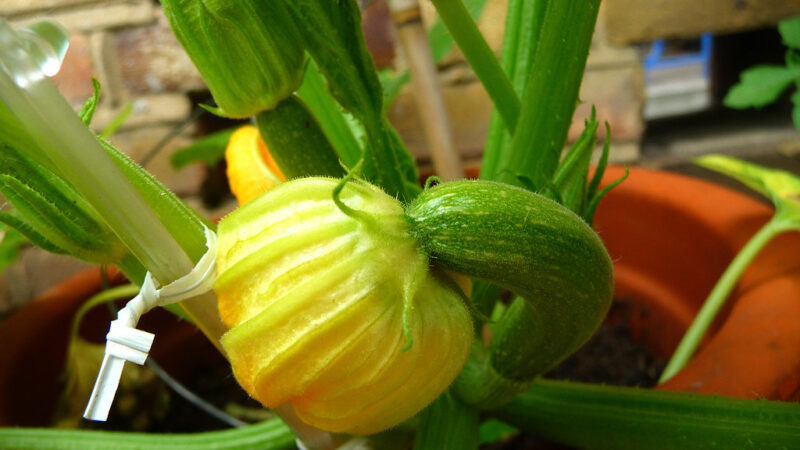
Weather greatly impacts planting. For example, if a late frost threatens your area after you’ve already planted, you need to be prepared to cover your young plants with floating row covers or blankets to protect them from cold damage.
Rain and Humidity
Zucchini doesn’t require excessive watering; in fact, too much rain can lead to problems such as root rot or powdery mildew. Monitoring weather patterns, especially during the early growing season, allows you to make informed decisions about irrigation needs. Remember, consistent moisture is key, but good drainage is equally critical.
Companion Planting: Timing and Plant Relationships
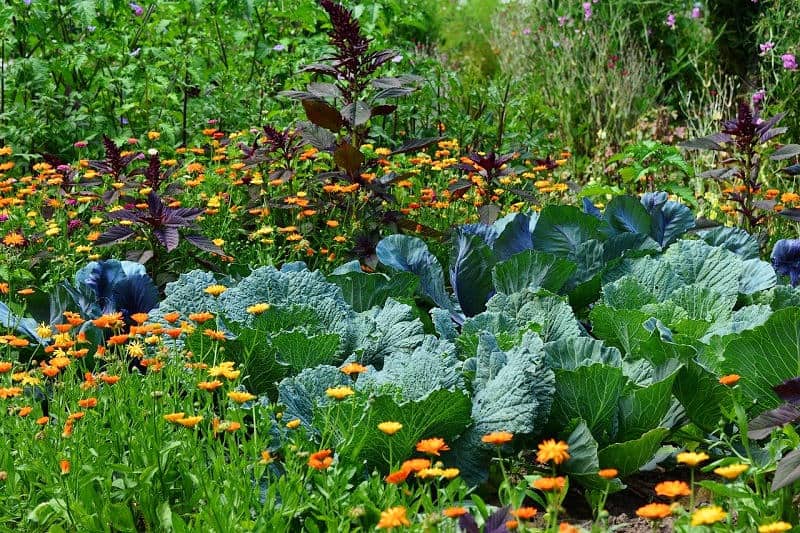
Companion planting can also affect when to plant your zucchini. Certain plants can deter pests or enhance growth when planted near zucchini. For instance, planting corn or beans alongside zucchini can create a mutually beneficial system, while also maximizing the use of space in your garden.
Moreover, timing is essential; for example, if planting beans, you may want to wait until after the last frost has passed, ensuring that they’ll have the warm conditions they need for successful growth along with the zucchini.
Pests and Diseases: Timing for Protection
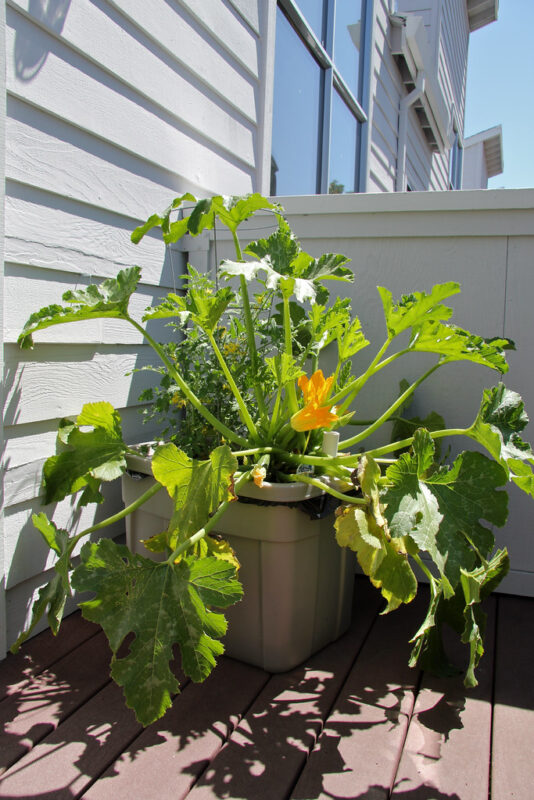
The timing of planting zucchini affects how you approach pest management. Early planting may expose your seedlings to an influx of pests like squash bugs and cucumber beetles. Being proactive with organic pest control measures, such as introducing beneficial insects or using insecticidal soap, can save your crop.
Fungal Issues
Late spring or early summer often brings increased humidity, which promotes various fungal diseases. Knowledge of local disease cycles can prompt you to act early, whether by planting disease-resistant zucchini varieties or using preventative treatments to deter issues like powdery mildew.
The Harvest: When to Enjoy Your Zucchini
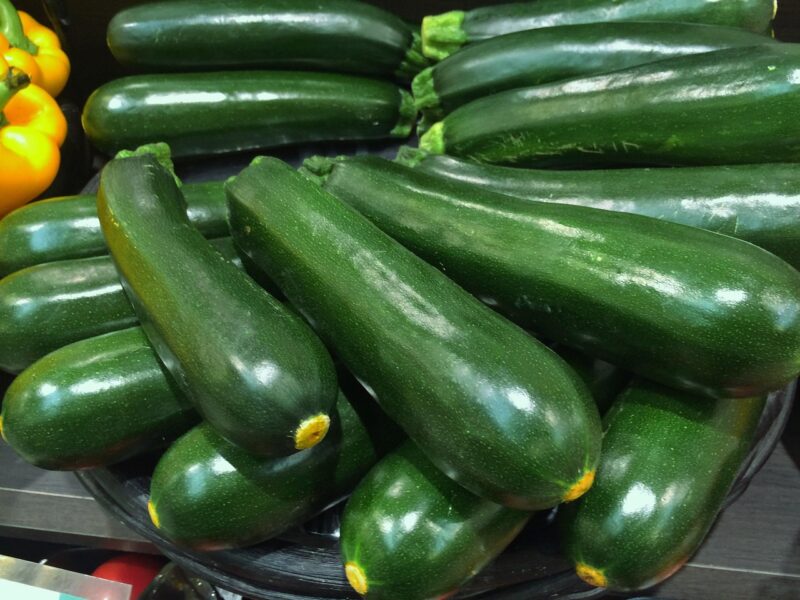
Once you’ve successfully grown your zucchini, knowing when to harvest is crucial. Typically, zucchini is ready for harvest in about 50 to 70 days after planting, depending on the variety. Look for zucchinis that are 6 to 8 inches in length for the best flavor and texture. Larger zucchinis tend to become watery and develop a tough skin.
Continuous Harvesting
Regularly harvesting zucchinis encourages the plant to produce more fruit, prolonging your season. If you overlook them and allow zucchinis to grow too large, they will divert energy away from producing new fruit.
Conclusion: Timing is Everything in Growing Zucchini
Planting zucchini requires careful consideration of various factors, including local weather patterns, soil temperatures, and pest management strategies. Knowing when to plant zucchini is more than just checking a calendar; it’s about understanding the dance between the plants and their environment.


